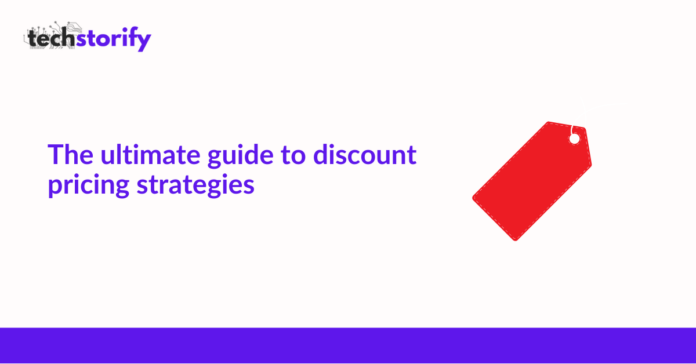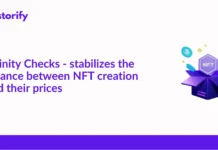Everyone wants discounted prices on the things they buy. And every business wants to avoid offering them unless necessary. However, there are, in fact, ways that these two ideas intersect and even complement one another.
There is, in fact, a precise field of study known as discounted pricing strategy. In order to better understand how companies make decisions about whether or not and how much to discount their prices, let’s take a look at discount pricing strategy in greater detail and see what it involves, what the advantages are for businesses employing it, and what you should be cautious about when you get started.
Contents
What is a discounted pricing strategy?
As the name suggests, discount pricing strategy is a strategy employed by businesses who temporarily lower their prices in order to increase sales. In order to create a discounted pricing strategy, you’ll first need to conduct a discounting pricing analysis. A discounting pricing analysis will help you better understand the reasons behind consumer decision making when it comes to what people buy, in what quantities, and when. After this, you should be in a better position to create a strategy for your company.
There are different kinds of discount pricing strategies that companies employ in different situations.
End-of-season/clearance discounts – These types of discounts involve offering lower prices at the end of a season or once certain items are almost completely sold out (assuming the leftovers are in low demand) in order to try to get rid of them. If a certain style coat is in fashion during a specific year, manufacturers know that the same style might go completely out of fashion the following winter. Therefore, they’ll put the last of these items on clearance.
Seasonal discounts – Seasonal discounts are slightly different. If a company is trying to sell bathing suits in the middle of winter, it may be forced to sell them at reduced prices because of low demand. This might not have to do with particular styles but rather simply the fact that the items are not seasonal at the time of sale.
Volume discounts – Sometimes companies will sell large numbers of certain items in order to encourage customers to buy more. If you can get seven pairs of socks for the price of five, many people think, why not stock up while you can?
Pros and cons of discount pricing strategy
The advantages of using discount pricing strategies are obvious: You attract more customers to your business, make them happy by offering them lower prices, and win them over as long-term customers. By using such strategies as clearance discounting, you get rid of merchandise that you know you won’t want in the future and save what would otherwise be major losses.
These things are often true. However, you should also consider the potential drawbacks of offering discount pricing:
- Loss of revenue – The most obvious consequence of offering discount pricing is that you’ll end up making less money as a result. While you don’t have to offer 80% off your entire stock, you should still be careful in calculating exactly what your net gain will be if you sell some of your merchandise at discounted prices. And you should pay attention to the competition: It could be that everyone in town is offering discounts. You want to be sure that you’re making an attractive offer, but not the same one that everyone on Main St is making because people might just pick their discounts randomly.
- Spoiled customers – If people see a great discount for the first time, they are likely to jump at it. If the offer lasts or starts to repeat itself, customers will start to expect lower prices all the time. And they might become reluctant to pay at regular price in the future. This doesn’t mean that you should never offer discounted prices, but there is a specific science to getting it right, and it is your job as a business owner to figure out what this is.
- Image concerns – A company that offers too many discounts, or too steep ones, could start appearing desperate if its prices are that different from those of the competition. Walmart is able to offer really low prices because it is the biggest retail company in the US, and they are at no risk of losing their customer base because they’ve built up their reputation as being the best cheap option. This isn’t necessarily the case for many other companies. In devising a sales strategy, you need to figure out exactly where you stand and where offering discounts will leave you when they are over.
How to find the sweet spot in discounting
There are specific strategies that seasoned marketers employ in utilizing discounted pricing strategy wisely. One thing that you can do is to offer discounts to grab people’s attention, then later craft your advertising to emphasize the fact that you use superior quality materials than your competitors. Once people get to know your brand name, use that to your advantage in showing your consumer base that you truly are above the rest. This is easier said than done, of course, but it’s also not impossible. There are plenty of high-quality companies out there that successfully charge higher prices because they have earned people’s trust in their brands.
There are also multiple other ways that you can adjust and triangulate your marketing to reach a larger target audience. You’ll need to study this and analyze what your competitors are doing in order to figure this out.
In the end, it is up to you to decide whether and in what way discount pricing may be suitable for your company. The first thing you should do is educate yourself on the specifics, and figure out what it will mean for your short- and long-term revenue. Employing a discounted pricing strategy can be a great way to catch the public’s attention. You just want to be sure you do it right.













